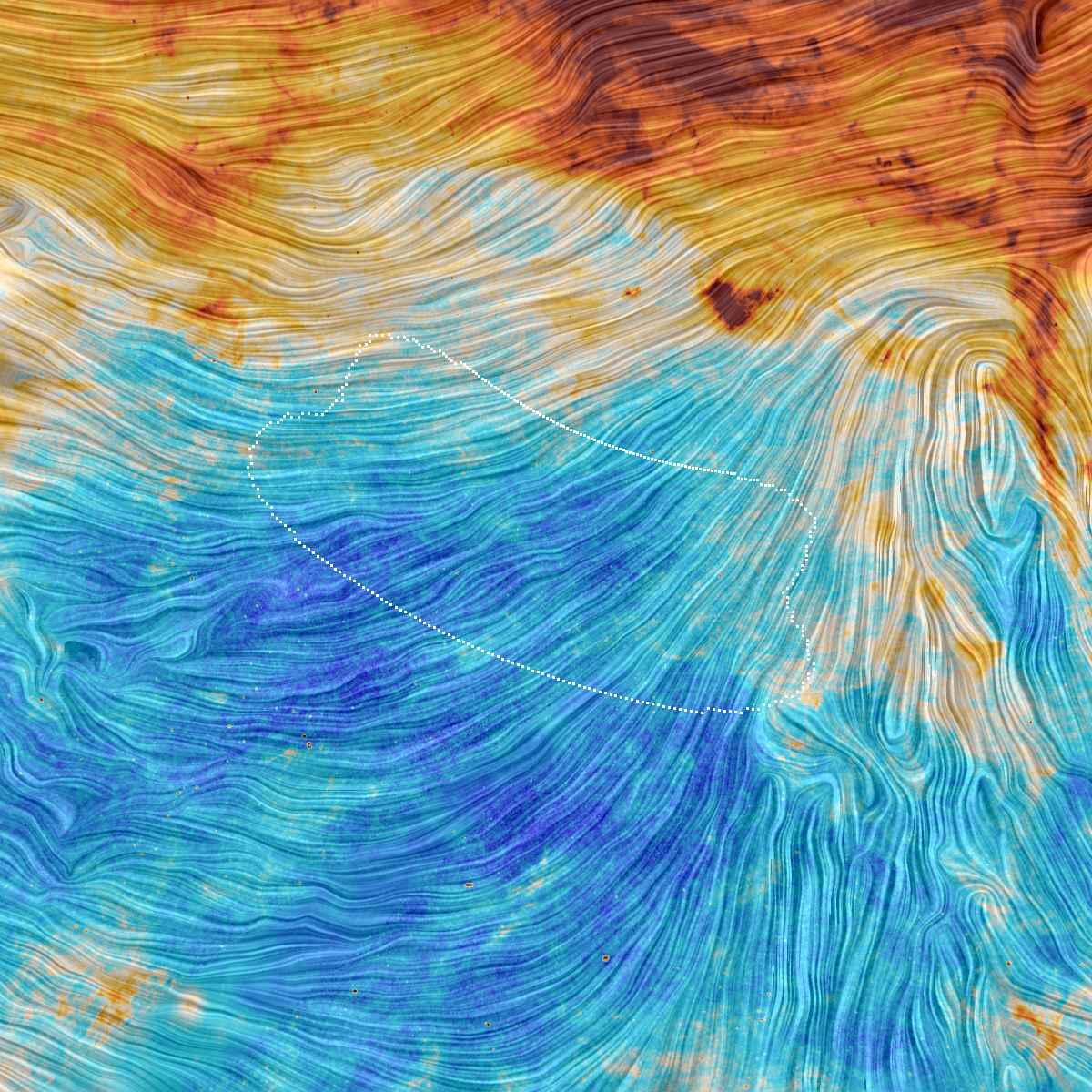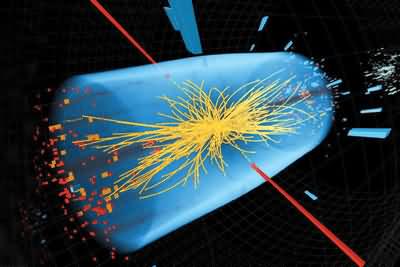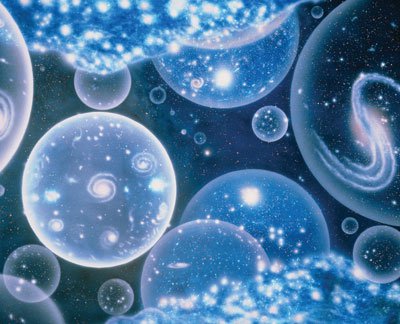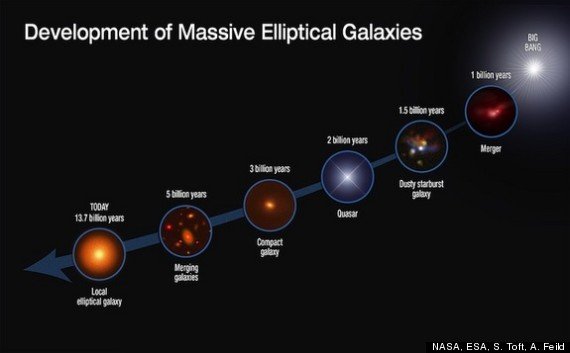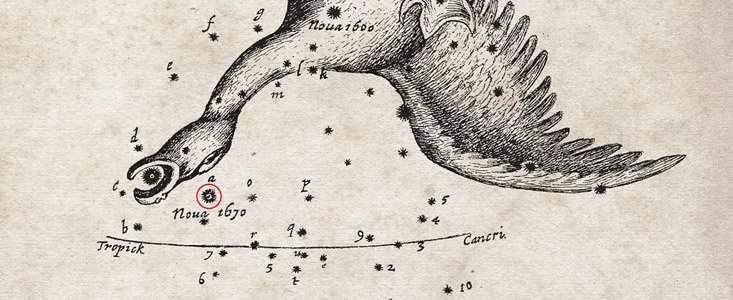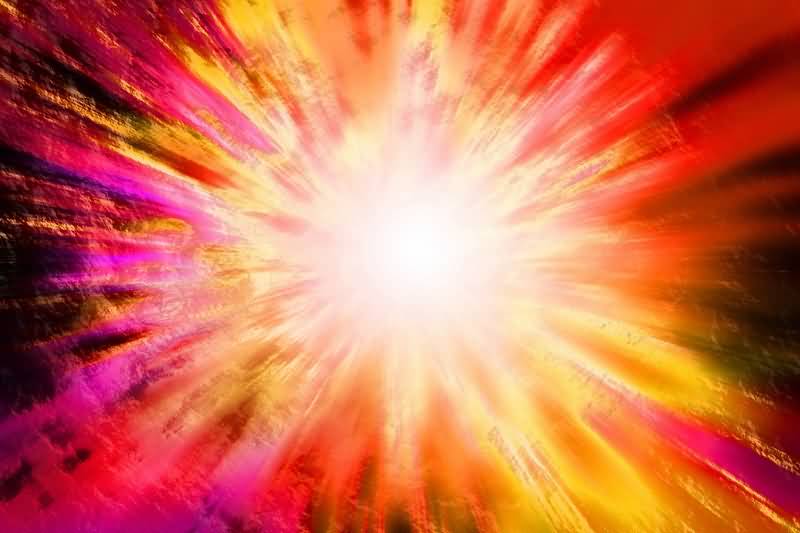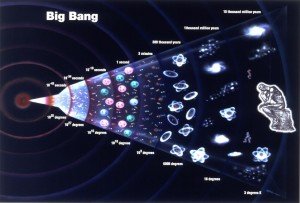The Discovery of Gravitational Waves Was a Lie
A major event occurred in 2014. The discovery of gravitational waves, predicted by Einstein's Theory of General Relativity, was announced. This also provided evidence for a short-lived, faster-than-light cosmic expansion immediately following the Big Bang. But as I mentioned in this article (The Higgs Boson Should Have Destroyed the Universe – Shakes in the Discovery of Gravitational Waves) some doubts arose and criticisms were received. In other words, the discovery was on shaky ground. Ultimately, it became clear that these criticisms were justified.

This image shows the same area imaged by the ESO (European Space Agency) Planck Space Telescope's Biceps-2 telescope in Antarctica. The evidence in the Planck images was determined to be actually interstellar dust.
Photo: ESA/Planck Collaboration. Acknowledgment: M.-A. Miville-Deschênes, CNRS – Institut d'Astrophysique Spatiale, Université Paris-XI, Orsay, France
Let me explain the connection between gravitational waves and cosmic expansion and remind you how the discovery came about. There's a hypothesis that cosmic expansion, a brief but very rapid expansion much faster than light, occurred immediately after the Big Bang. If this expansion actually occurred, it would have caused gravitational waves, and these gravitational waves should be detected as bends in the Cosmic Microwave Background Radiation in a so-called B-Mode image. Two separate telescopes have been observing this background radiation for some time: the Planck Space Telescope and the Biceps2 observation telescope in Antarctica. When the discovery of gravitational waves was announced in March, the Planck Telescope had just completed its observations, but its analysis and conclusions hadn't yet been finalized.
Criticisms soon followed the announcement of this discovery in March. This criticism suggested that the bends in the B-Mode background radiation might be caused by an interstellar dust cloud within the Milky Way. To test this, the Planck Telescope images had to be processed. And the expected result arrived.
Scientists at the ESO (European Space Agency) Planck Telescope have concluded that the kinks in the B-Mode image are due to interstellar dust. The Planck Telescope acquired a larger image, which also included the area imaged by the Antarctic Biceps-2 Telescope.
But that doesn't mean gravitational waves don't exist, and cosmic expansion has been ruled out. It's just that the proof hasn't been discovered yet. After all, it's not easy to detect distortions in a fraction of the background radiation, which accounts for only a few percent of the total light. Especially when interstellar dust is involved in influencing this radiation.
For now, these articles are invalid. They may be completely destroyed in the future, or they may be correct. Time will tell.
- The Discovery of Gravitational Waves and Its Consequences
- Consequences of the Discovery of Gravitational Waves – 2 – Quantum Fields, the Higgs Field and Inflation Theory
- Can Multiverses Be Tested? Bubble Universes!
Sources:
Evidence for Cosmic Inflation Theory Bites the (Space) Dust
So, About That Huge Discovery Last Year About the Young Universe…
Evidence mounts for quantum criticality theory
BICEP2 Gravitational Wave 'Discovery' Deflates
Planck: gravitational waves remain elusive

